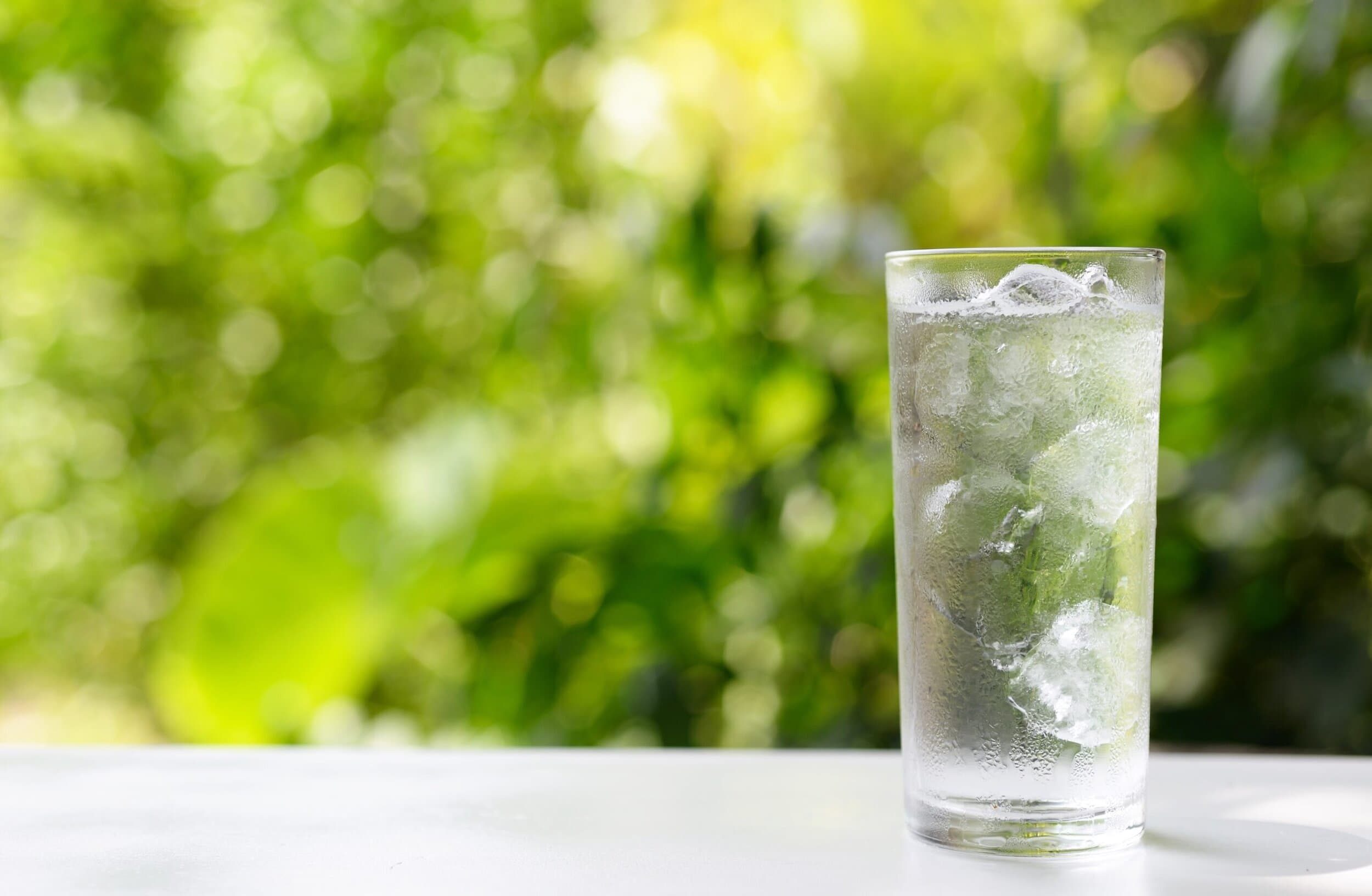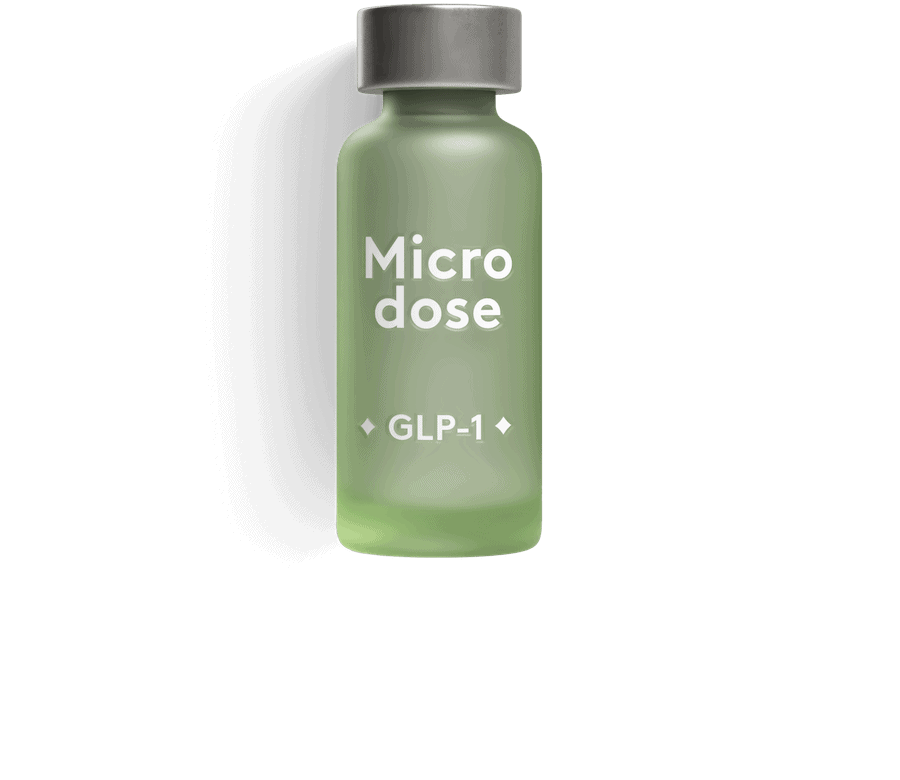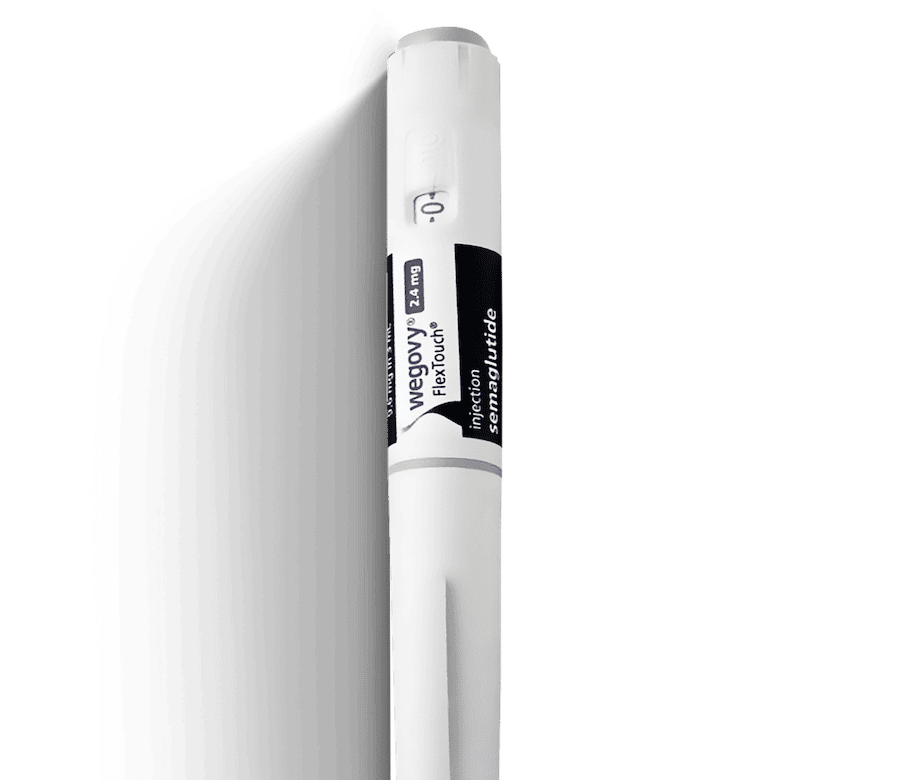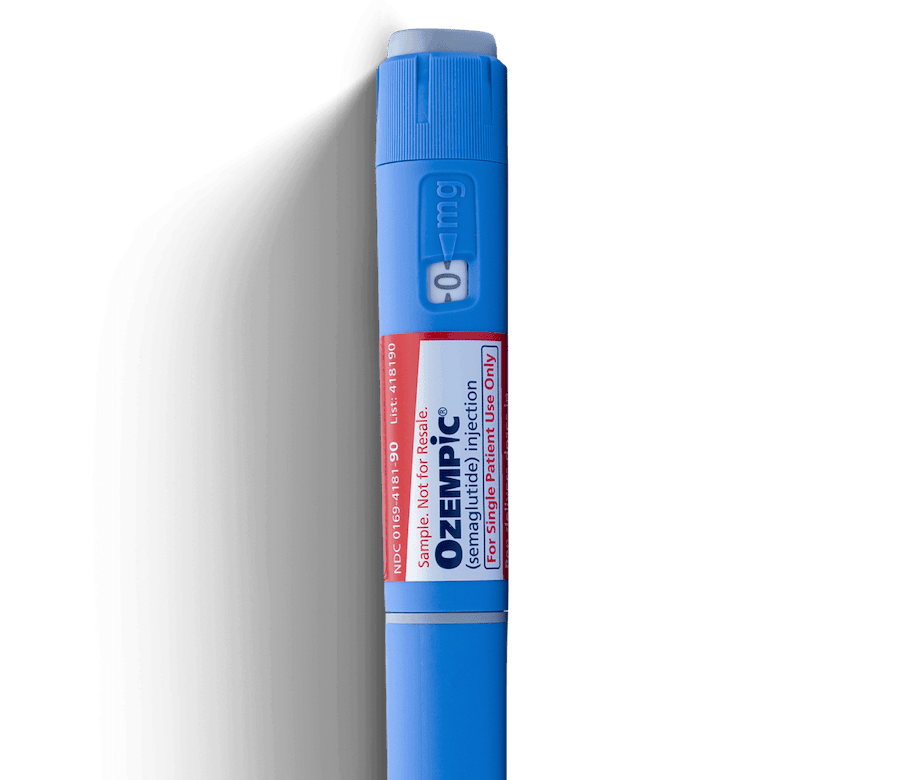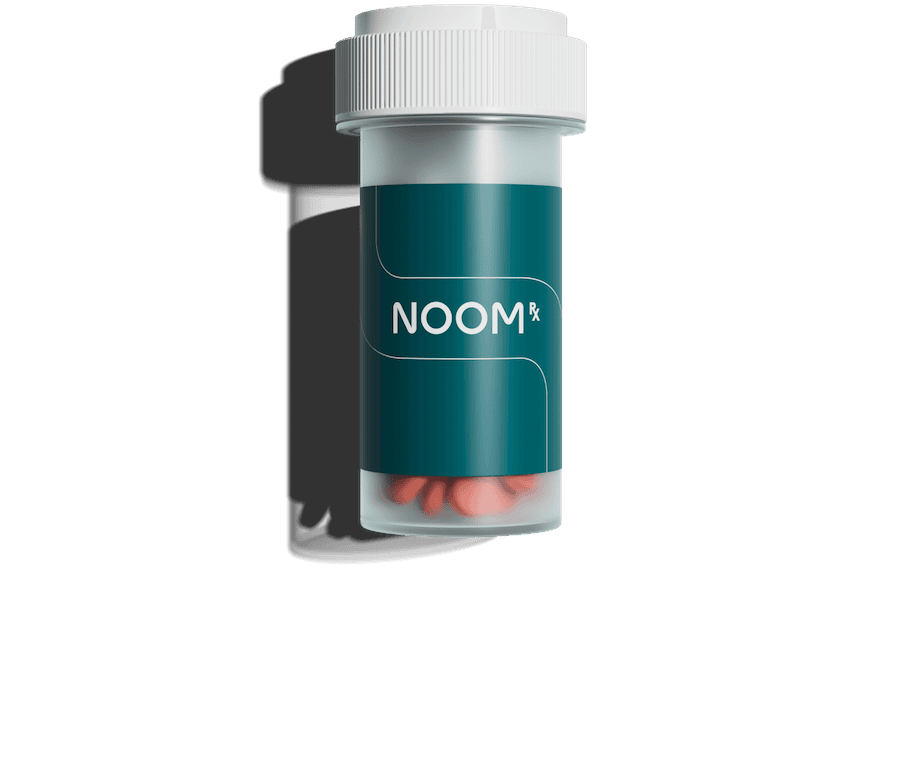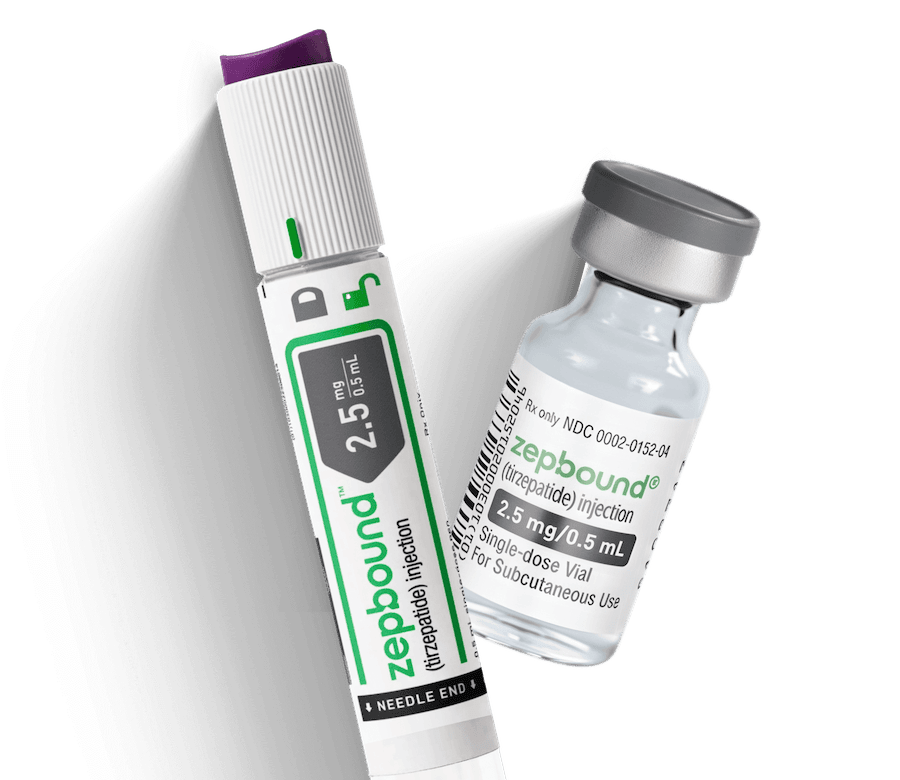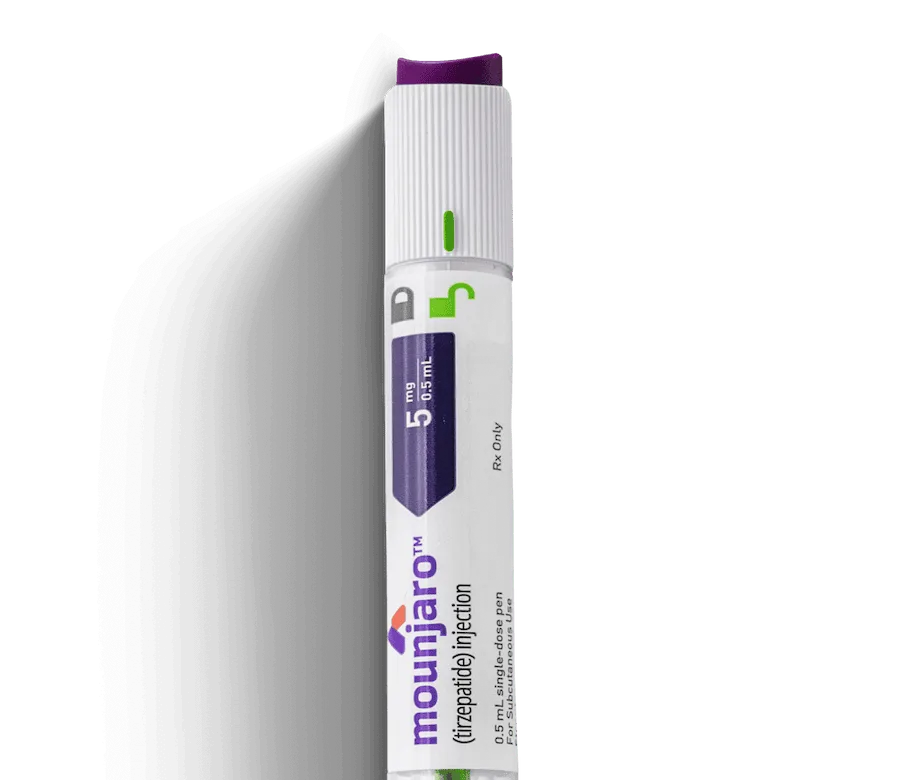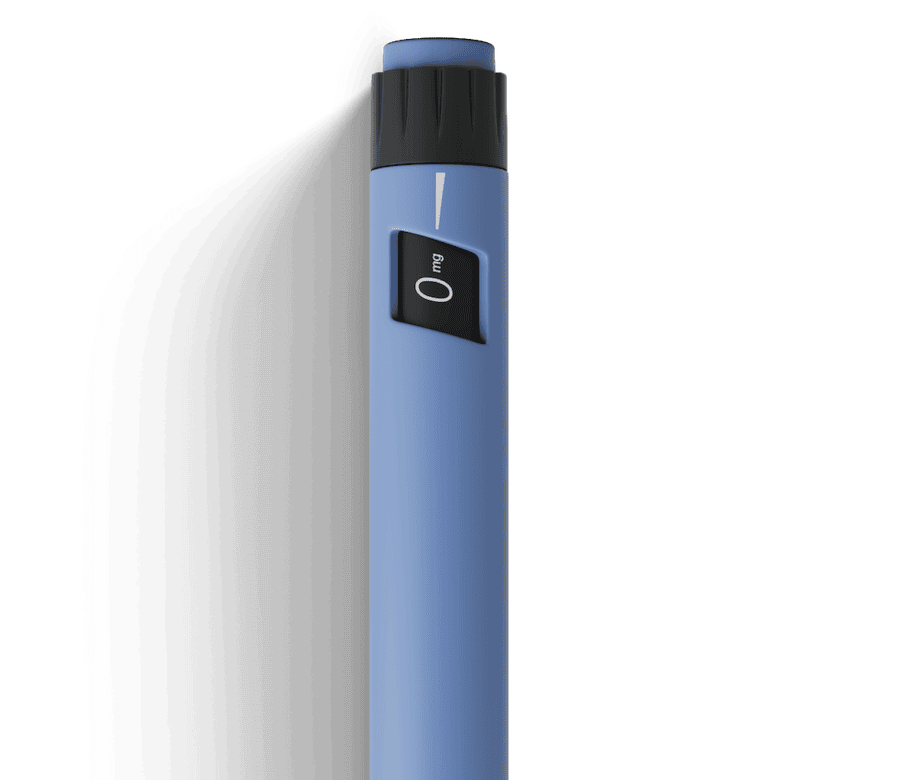What you’ll learn:
- The “ice water hack” refers to drinking ice water or submerging yourself in cold water to help with weight loss
- Drinking ice water several times a day may give your metabolism a tiny boost, but it won’t be enough to notice without a healthy diet.
- Cold plunges can burn a few extra calories, but they carry risks and won’t replace consistent healthy habits.
There’s always a new quick fix trending on social media that promises effortless weight loss. We’ve seen it before with drinks like the so-called “natural Mounjaro” and “Oatzempic” (a mix of lime juice and oats), and now the spotlight is on the “ice water hack.”
Followers of this trend claim that exposure to cold—either by drinking ice-cold water or taking icy baths—can help with weight loss. While research shows that cold exposure can burn a small number of calories, it’s far from the dramatic shortcut influencers make it out to be.
We’ll break down how the ice water hack is supposed to work, explore potential benefits, get an expert perspective, and cover safety considerations before you try it.
What is the ice water hack weight loss trick?
The “ice water hack” is built on the idea that exposing your body to icy cold water makes it burn extra calories as it works to warm back up—a process called cold-induced thermogenesis. In short, your body expends energy (calories) to maintain its core temperature.
People try the hack in two main ways:
- Drinking it: This version is simple—drinking a glass of very cold water with ice, often before meals. Some recipes add lemon, salt, or apple cider vinegar, claiming they boost fat burning or digestion. There’s even a so-called “7-second ice water hack,” which involves drinking the cold water as quickly as possible.
- Immersing in it: Others take the plunge — literally — by filling bathtubs with ice, using cold plunges or ice packs, or visiting cryotherapy chambers at gyms and wellness centers.
The goal in both cases is the same: to use cold exposure as a way to slightly raise metabolism and burn a few extra calories, which some believe may contribute to weight loss.
Does drinking or sitting in ice water help you lose weight?
How much of the ice water hack is fact and how much is just hype? Let’s break down three common claims and see what the science really says.
Claim 1: Drinking ice water can burn calories
Verdict: Yes—but not a significant amount.
Some people say drinking ice water helps you burn a ton of calories because your body has to warm it up. Here’s the truth: Studies show that warming one glass of ice water only burns about 7 calories. Even if you drank eight glasses a day, that’s only about 56 calories total. Remember, to lose weight, you must take in fewer calories than your body burns—what’s called a calorie deficit.
If your weight changes while drinking more water, it’s probably from better hydration and water balance in your body, not fat loss. You’re likely losing water weight, not fat. Your weight can change several pounds day-to-day based on how much water your body is holding onto or releasing.
Claim 2: Cold temperatures help burn fat
Verdict: Slightly.
Again, this claim is based on cold-induced thermogenesis, the process by which your body activates brown fat to generate heat and maintain its core temperature. Unlike white fat, which mainly stores energy and contributes to body fat, brown fat is metabolically active, meaning it uses calories to produce heat. Research shows the effect is real, but the calorie burn is modest. One study highlighted that cold exposure raises energy expenditure, but the results vary widely depending on age, body composition, and how much brown fat a person has to begin with.
That said, the total calorie burn is small. One study reported that 2 hours a day in mild cold (62°F) for 6 weeks increased daily energy expenditure for men by about 100 to 200 calories. That’s roughly the same as taking a brisk 20-minute walk.
Cold exposure can give your metabolism a gentle nudge, but it’s not powerful enough to drive meaningful weight loss on its own.
Claim 3: Ice water fills you up so that you eat less
Verdict: Potentially true—but the temperature doesn’t matter.
Drinking more water can help you feel fuller, so you might naturally eat less. That’s why some people think it’s best to use the ice water hack before eating a meal.
In one study, drinking 16 ounces of water 30 minutes before breakfast led people to eat 13% less. But the temperature didn’t matter.
Staying hydrated can help you identify true hunger cues and reduce food noise. When you pair that with nutrient-dense foods, you’ve got a much more reliable path to weight management than relying on cold-water tricks.
What’s the ice water hack recipe?
If you’re trying the drinking method, there isn’t much of a recipe to follow for the “ice hack”. The drink is a glass of water with ice that you can customize to your taste. Here are a few tips:
- Start with cold water: Fill a glass with ice and cold water.
- Add optional ingredients: You can add a spritz of lemon, a pinch of Himalayan salt, or a teaspoon or two of apple cider vinegar for flavor.
- Repeat: Do this 2-3 times daily, often before meals.
“Starting your day with a glass of water is a great way to rehydrate after a night of sleep,” says Dr. Odhett Cojocaru, MD. “But, keep in mind, having water first thing in the morning isn’t going to help you lose weight if you then eat less nutritious foods throughout the day.”
Rx weight loss, the right way, with Noom
Get access to prescription weight loss medication with Noom.The ice water hack: Safety concerns
When thinking about safety and the ice water hack, we need to address the two different ways people take part in this practice: drinking ice water and immersing themselves in water.
Is drinking ice water throughout the day safe?
Yes, in general, drinking ice water throughout the day is safe. In rare cases, drinking excessive amounts of water can lead to hyponatremia, a condition where the balance of electrolytes in your body is disrupted. This usually happens when someone drinks more than their kidneys can process—typically over 34 ounces (about 4 cups) in an hour. Symptoms can include nausea, headaches, confusion, and in severe cases, seizures. For most adults, a safe daily range is about 64 to 100 ounces (8 to 12 cups) total, though exact needs vary by body size, activity, and climate.
“To avoid this, listen to your body and drink according to thirst rather than forcing large amounts,” says Dr. Cojocaru.
Is cold plunging safe?
Cold plunging—submerging your body in icy water—is more extreme and carries different risks. Extended cold exposure can lower your body temperature to dangerous levels, raising the risk of hypothermia, cardiac arrest, or even drowning. Direct ice contact can also cause frostbite. People with heart conditions, asthma, or Raynaud’s syndrome (which limits blood flow to fingers and toes) face higher risks and should avoid it unless cleared by a doctor.
Safer ways to try it: If you’re curious about cold therapy, start with short exposures (30–60 seconds) in a cool shower rather than jumping straight into an ice bath. Always listen to your body, avoid pushing through extreme discomfort, and consult a healthcare provider if you have medical conditions that make cold exposure risky.
Subscribe to Noom Digest
With the latest Noom news, insightful articles, and a healthy dose of inspiration, Noom Digest might just become your favorite newsletter.The bottom line: Ice water won’t help you lose weight
The ice water hack might sound like an easy trick for weight loss, but the science tells a more grounded story. Drinking cold water or even plunging into ice baths can slightly increase calorie burn, but the effect is small—closer to the equivalent of a short walk than a major fat-burning boost. Drinking water before meals may help you feel fuller and eat less, but the temperature of the water doesn’t make a difference. And while hydration is important for energy, appetite control, and overall health, ice water itself isn’t a magic fat-burning drink.
Immersing yourself in cold water, whether through plunges, baths, or cryotherapy, can activate brown fat and raise metabolism modestly, but it comes with risks like hypothermia and heart strain if overdone. Safe, short exposures may be fine for some people, but cold therapy isn’t a replacement for the fundamentals.
At the end of the day, weight loss comes down to consistent habits—a balanced diet, regular movement, quality sleep, and stress management. Ice water can be part of a healthy lifestyle, but it’s not the secret shortcut that social media makes it out to be. Need more guidance? Noom’s psychology-based program helps you cut through the noise and build lasting habits.
Why you can trust us
At Noom, we’re committed to providing health information that’s grounded in reliable science and expert review. Our content is created with the support of qualified professionals and based on well-established research from trusted medical and scientific organizations. Learn more about the experts behind our content on our Health Expert Team page.


